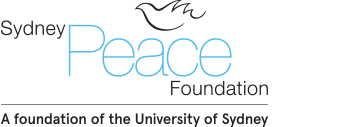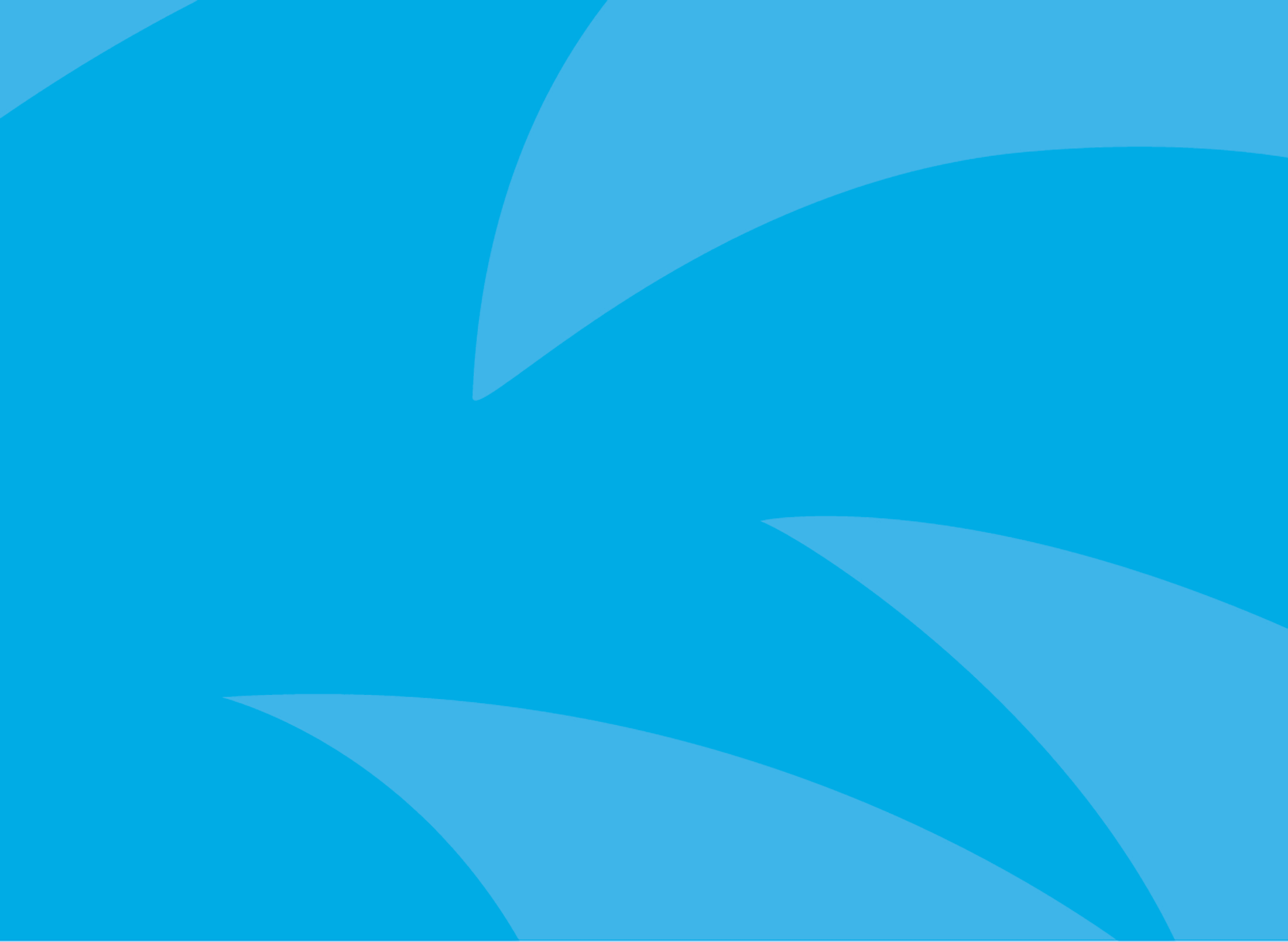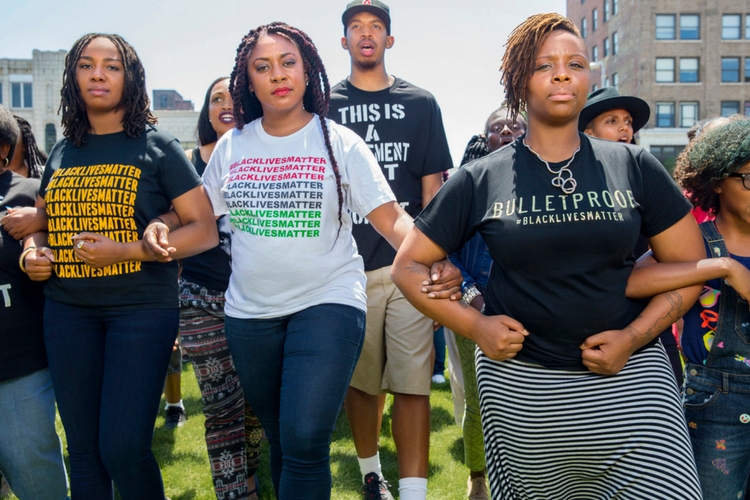10 things you should know about Black Lives Matter
The Black Lives Matter Global Network (BLM) will be awarded the 2017 Sydney Peace Prize in November. The Movement for Black Lives, of which BLM is part, has galvanised the globe from California to London to Australia, and #BlackLivesMatter has proven to be a rallying cry for a new chapter in the long Black Freedom struggle. But how much do you really know about this important movement? Here are 10 things you should know about its origins, leaders, and purpose.
1. BLM IS ABOUT LOVE
Black Lives Matter started with a love letter.
In 2012, 17-year-old , unarmed Trayvon Martin was killed by George Zimmerman, a neighbourhood watch who felt Travyon, walking home after buying a pack of Skittles at a nearby service station, was ‘out of place’ in the middle-class area. Zimmerman was acquitted for all charges.
Alicia Garza retells the experience: “Trayvon could have been my brother. I immediately felt not only enraged, but a deep sense of grief. It was as if we had all been punched in the gut. Yet soon people shrugged, as if to say: “We knew he was never going to be convicted of killing a black child,” and “What did you expect?””
Turning to Facebook, Alicia wrote a ‘Love Letter to Black Folks’: “We don’t deserve to be killed with impunity. We need to love ourselves and fight for a world where black lives matter. Black people, I love you. I love us. We matter. Our lives matter.”
In a matter of moments, fellow community organiser Patrisse Cullors created the social media hashtag #BlackLivesMatter, and Opal Tometi created the website and social media platforms that soon connected people across the country. Black Lives Matter was born, and the hashtag #BlackLivesMatter started spreading like wildfire. A year later, it went viral during the 2014 uprising in Ferguson, Missouri, when people took to the streets with a simple demand: Stop Killing Us.
“As we say ‘Black Lives Matter’, you see the light that comes inside of people from Black communities and other communities. People are like, ‘I’m going to stand on the side of Black lives.’ You see people transforming, and that’s a different type of work. For me, that is a spiritual work, a healing work. What a great time to be alive.”
Patrisse Cullors
This movement was born out of love, and love always wins.
2. BLM WAS A THING BEFORE IT WENT VIRAL
In 2013, steadily and strategically, the co-founders started to build the scaffolding of a nationwide on-the-ground political network.
Enter Ferguson. On August 9th, 2014, just a few weeks after Eric Garner died in a NYPD officer’s chokehold in New York City, Mike Brown, an unarmed black teenager, was killed by twelve police bullets in Ferguson, St Louis. Police left his body in the street for four and a half hours, steps away from his mother’s house.
The events that followed Mike Brown’s death have often been described as ‘the catalyst’ for the revolution-like protests that followed. “I can’t breathe” and “hands up, don’t shoot”, the last words of Eric Garner and Mike Brown, were chanted loudly – people young and old mobilised to mourn and protest police brutality and racism. They were met with tanks, riot police and tear gas.
For the Black Lives Matter Global Network, it meant that the #BlackLivesMatter hashtag went viral on social media. Black Lives Matter became a slogan that leapt into the streets. Technology accelerated the pace of organising people, and allowed the movement to amplify their calls in ways that were impossible before.Over 500 members from across the US joined Patrisse Cullors in a #BlackLivesMatter ‘freedom ride’ to Ferguson to support the movement in St. Louis.
We were humbled when cultural workers, artists, designers, and techies offered their labor and love to expand #BlackLivesMatter beyond a social media hashtag.
Alicia Garza
For some ‘Black Lives Matter’ was a wakeup call, for many others the words gave voice to a deep seeded awareness of what it felt like to be black in America.
Black Lives Matter became a rallying cry that captivated the country, galvanising a national movement for dignity, justice and respect.
3. BLM IS ABOUT MORE THAN ‘JUST’ POLICE BRUTALITY
Black Lives Matter is an intervention.
It is an affirmation of the value of Black life, and a condemnation of the racism that devalues it.
On their website, BLM writes: When we say Black Lives Matter, we are broadening the conversation around state violence to include all of the ways in which Black people are intentionally left powerless at the hands of the state. We are talking about the ways in which Black lives are deprived of our basic human rights and dignity.
Co-Founder Patrisse Cullors says: “Black Lives Matter is our call to action, it is about replacing narratives of black criminality with black humanity, a tool to re-imagine a world where black people are free to exist, free to live, and a tool for our allies to show up for us”.
Black Lives Matter demands that American society reconsider how it values black lives by identifying where and how black life is cut short, whether in viral videos of police brutality, the self-fulfilling prophecy of the criminal justice system, or in areas where black communities disproportionally face homelessness, poverty and economic disparity.
Black Lives Matter is about structural change. It is about sparking dialogue and changing the conversation: If it is true that black lives matter, then what does that mean for police reform, for our justice systems, for schools, for jobs, for infrastructure, and for economic development? If black lives matter, then what needs to change in politics and in the media?
To steer these conversations, over 50 organisations – including the Black Lives Matter Global Network – united in the Movement for Black Lives to launch “A Vision for Black Lives” in August 2016, ahead of the Presidential election. Following a year-long consultation process, a series of 40 policy goals calls for divestment from law enforcement (including ending the death penalty and mass incarceration) and investment in black communities through reparations, educational reform, jobs and infrastructure, and increased community control of neighbourhoods.
4. BLM IS ABOUT A THING CALLED ORGANISING
Protests are just one tool in a big toolbox of tactics for change.
BLM’s disruptive actions and protest strategies are modern and bold, and regularly make media headlines. But whilst protests may get lots of media attention, organising is what builds sustainable, resourced movements. Organising includes building critical communities connections, convening member-led organisations where everyday people can strategise together, and cultivating local leadership. Organising includes creating space to reimagine what a fair and just society looks like, and to develop political thinking and ideas. Organising includes finding allies and co-conspirators, and building collective power to demand changes. Organising also means fostering peoples’ skills to hold office bearers accountable for their decisions, and creating space for the celebration and humanisation of Black lives.
BLM’s persistence and evolvement has breathed new life into the legacy of the black freedom struggle, reenergising older activists who are eager to connect with a new generation of organisers.
I identify as an organizer versus an activist because I believe an organizer is the smallest unit that you build your team around. The organizer is the person who gets the press together and who builds new leaders, the person who helps to build and launch campaigns, and is the person who decides what the targets will be and how we’re going to change this world.
Our folks have continued to organize locally, not just hit the streets. Many of our people are thinking about how to enact a political strategy. How do we build black power in this moment? How do we actually get people in office?
It’s not a hashtag that built the movement. It was organizers, activists, educators, artists — people who built an actual infrastructure so that a movement can exist and have life.
5. BLM IS NOT JUST A #HASHTAG, IT’S A GLOBAL NETWORK
For Alicia, Patrisse and Opal, #BlackLivesMatter was never meant to be ‘just’ a hashtag or social media meme. Long before the protests that grabbed the world’s attention, the Co-Founders started to organise people across the country, encouraging a broader and deeper conversation about what justice and dignity for black people might look like in an era of increasing inequality, mass incarceration and relentless police violence—and how people could join forces and build the power needed to achieve it.
The Black Lives Matter Global Network now has over 40 chapters worldwide, scattered across the US, Canada, the UK and with a growing presence in South African and Australia.
Activists for black, brown, and Indigenous rights around the world have adopted the Black Lives Matter slogan alongside homegrown movements against racism and police brutality.
Last month, BLM marked its four-year anniversary and released a report about its guiding principles, challenges, and plans for the future, along with a snapshot of where its member organisations have been.
“Four years later, we still declare with conviction that Black Lives Matter everywhere.”
Patrisse Cullors
6. BLM IS LEADERFUL
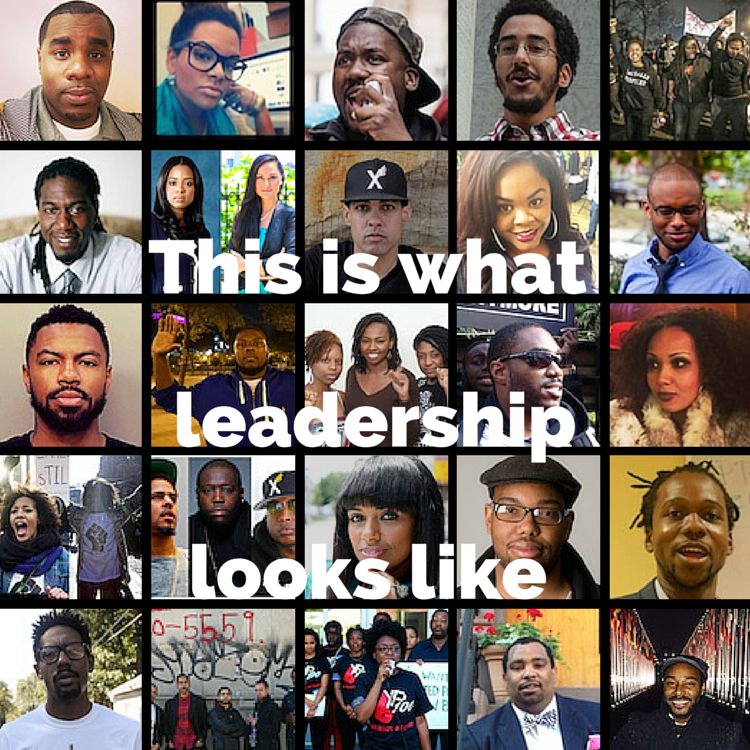
Many people have called Black Lives Matter the civil rights movement of a new generation. There is a great deal of nostalgia in comparisons with the civil rights movement of the 1960s, but if it’s up to the Network, this movement will look very different.
The Founders are committed to building a movement that relies less on the establishment voices of a single or few very charismatic, cisgender men. Rather, they nurture a decentralised movement from the bottom-up: A movement that encourages different voices to emerge and shape their leadership based on experiences and needs rooted in the community they organise. The Network is truly a grassroots movement with a commitment to a ‘leaderful’ structure.
It is in this spirit that the three Founders have accepted the Sydney Peace Prize for the Black Lives Matter Global Network:
The Sydney Peace Prize is an affirmation and reminds us that we are on a righteous path. Accepting this award is about our people on the ground striving for justice every single day. It’s truly meaningful to be recognized in this way. We’ll continue to push forward until structural racism is dismantled and every Black life matters. It’s our duty in times like this to keep our eyes steadfast on the freedom we deserve.
Opal Tometi, Co-founder Black Lives Matter and Executive Director, Black Alliance for Just Immigration (BAJI)
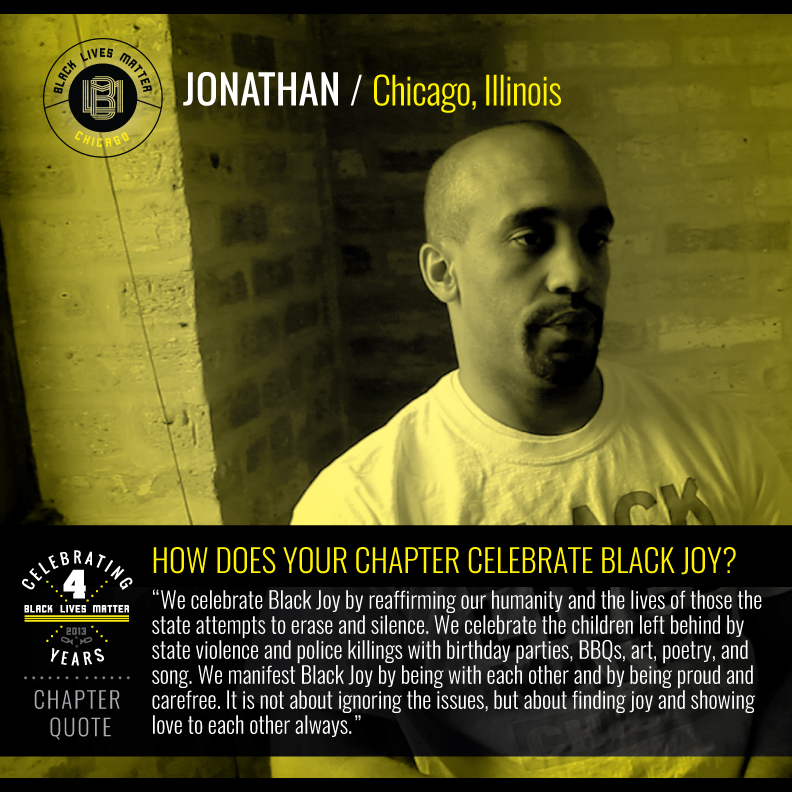
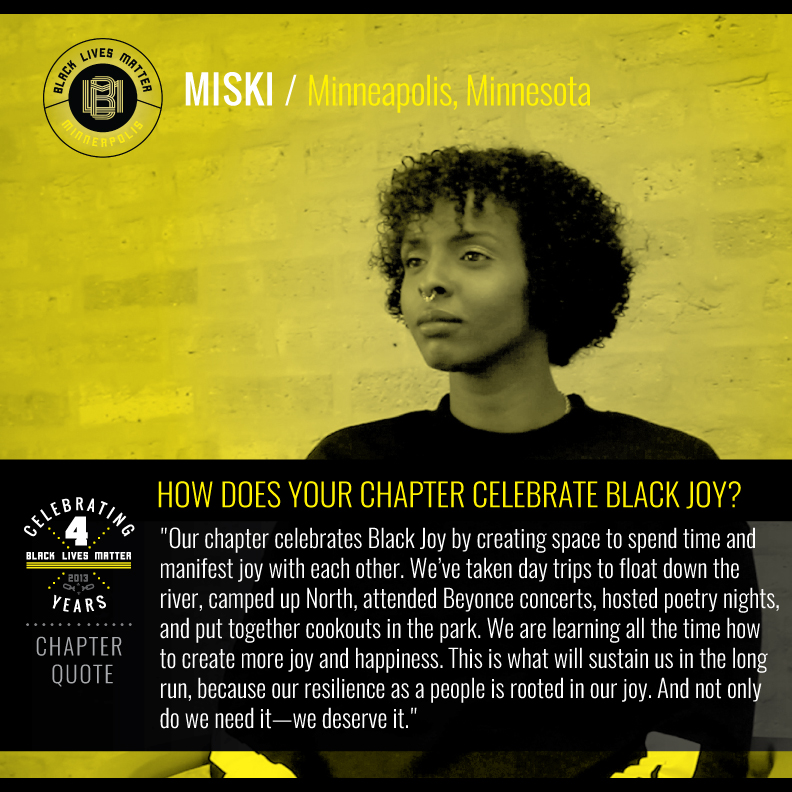
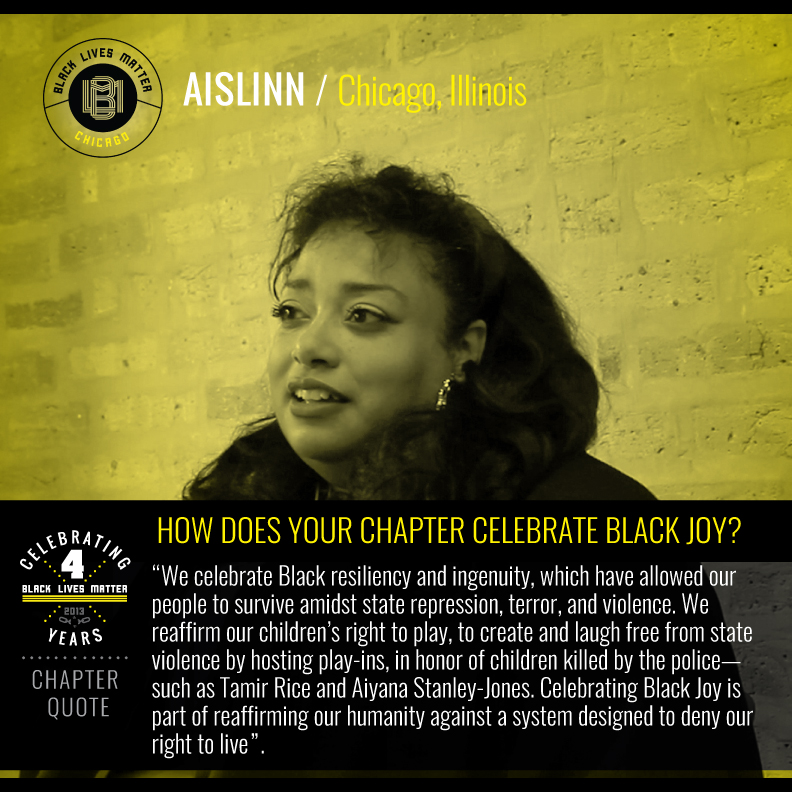
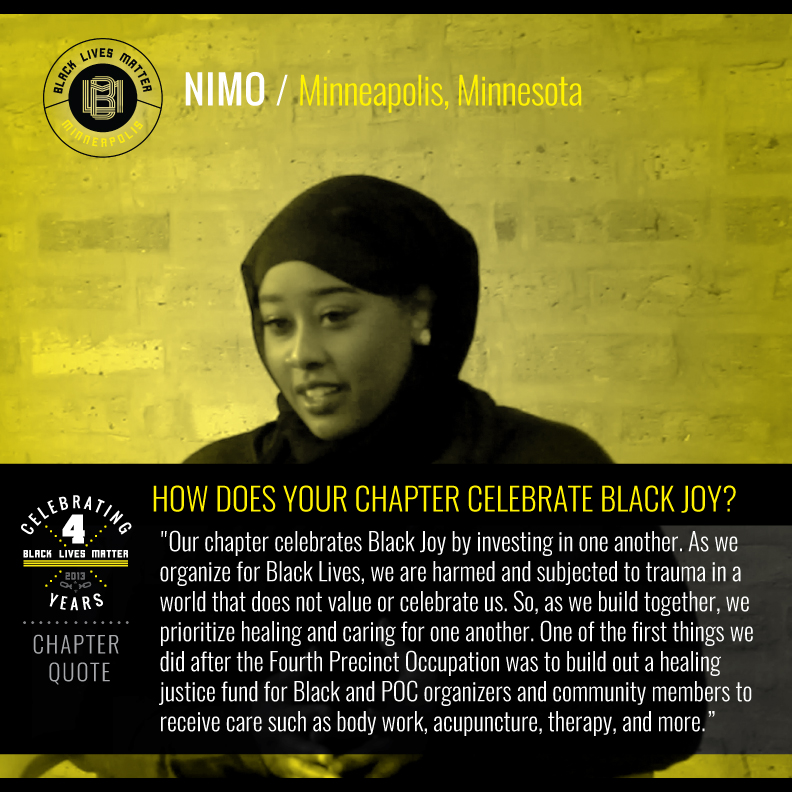
7. ALL BLACK LIVES MATTER
The Black Lives Matter Global Network was founded on the values of inclusivity and love.
Black Lives Matter means ALL black lives matter and are creators of this space. Queer Black lives, Trans Black lives, formerly incarcerated Black lives, differently-abled Black lives, Black women’s lives, immigrant black lives, Black elderly and children’s lives. We rise together.
The Founders want the faces of this movement to reflect the change they strive towards in their own communities, which is that all black lives matter, regardless of their gender, class, sexual orientation, or age. Everyone’s contribution is valid as long as people commit to uphold a number of Guiding Principles. These include working “collectively, lovingly and courageously”, making space for queer leadership, respecting diversity, practicing empathy, and working towards an intergenerational network.
Black Lives Matter is committed to “(re)building the Black liberation movement”: the Network supports those who were previously on the margins and invisible from the public eye – women, LGBTQIA people, undocumented immigrants, people with disabilities, and people with records – to take centre stage.
8. BLM DOES NOT SAY THAT ONLY BLACK LIVES MATTER
When people counter Black Lives Matter’s call for justice with the phrase “all lives matter,” there is undoubtedly a fallacy is this response.
While all lives should matter, this is a utopia as we do not currently live in a world where all lives are equal. The statement “Black lives matter” is not an anti-white proposition. Contained within the statement is an unspoken but implied “too,” as in “black lives matter, too,” – it is a statement of inclusion rather than exclusion. Only when Black lives matter will all lives matter. Black Lives Matter doesn’t mean your life isn’t important – it means that Black lives, which are seen without value within White supremacy, are important to your liberation.
Therefore, to say “all lives matter” in response to Black people saying “Black lives matter” is actually saying that Black lives don’t matter.
“But we’re a group that’s looking at the totality of anti-black racism and its effects on communities of color,” Cullors says.
Black Lives Matter sprang from a place of love, and inclusivity is at the very heart of their important work. A common misconception is that Black Lives Matter is only a trendy hashtag or that it only fights police brutality or vigilante violence against black people. BLM is not about saying yes to one identity, but about looking at how all marginalised people are impacted by Trump and his regime. BLM looks at the totality of anti-black racism and its effects on communities of color, collaborates with other progressive coalitions (sometimes under the banner of ‘The Majority‘) and supports other minority groups. For example, they have stood in solidarity with the Water Protectors at Standing Rock, and were amongst the first to gather at airports to protest President Trump’s Muslim ban, declaring:
“We must rise in solidarity whenever and wherever necessary. (…) We know that these attacks do not live in a vacuum and that our issues are connected. This fight is for all who believe in justice.”
9. BLACK LIVES MATTER FIGHTS WHITE SUPREMACY EVERY DAY
White supremacy, both the visible and more insidious invisible incantations of it, is alive and well across the globe. The rise of Trump in the US saw the emboldening of hate groups across the US. To garner votes and stoke anti-establishment flames, Trump latched on to the ideology of white supremacy and incentivised violence on the campaign trail, promising his supporters — some of whom carried the banners of Nazism and Klansmanship — he would “pay for the legal fees” of anyone who got violent with anti-Trump protesters.
While Trump can certainly be credited with fanning the flames of white supremacy, it is undeniable that violent racial inequality is woven into the very fabric of the American story (as is the case here in Australia). The sickening violence at the white supremacist rally in Charlottesville, VA, made visible structural imbalances and privileges that have historical roots and continue to divide a nation and drive inequality. It is clear that white supremacy is not on the fringes of our society – it is in the White House and in Trump’s Cabinet, but also in our work places, living next door to us, and serving us our morning lattes.
“To be shocked really means folks have an ahistorical analysis of this country. What we saw in Charlottesville, and what we’ll continue to see across the country as white nationalist groups rise up and take to the streets, is that this is very much the fabric of American culture.”
Co-Founder Patrisse Cullors
Black Lives Matter is working across geographical and issue areas to call attention to white supremacy and build sustainable, resourced movements to significantly reduce it. Organisers are taking the fight to their own backyards, organising people in local communities, having courageous conversations with people who would not otherwise have courageous conversations with us, or encouraging our allies to have those conversations in our stead.
10. BLM RESONATES HERE IN AUSTRALIA
We can’t talk about Black Lives Matter without looking at our own backyard.
Racism and systemic discrimination is all to prevalent in Australia. Whilst the struggles are different in many ways, various communities feel a strong resonance with the Black Lives Matter movement in the US.
As BLM Co-Founder Alicia Garza, who in 2016 spoke with Stan Grant at the Festival of Dangerous Ideas, says: People in Australia tend to highlight how big BLM is in the States, but Australia has some serious, serious issues around Black lives mattering.”
Australia struggles to come to terms with its past and fails to right ongoing wrongs. Australia’s First Peoples have fought for justice and dignity for decades, very few people know about Australia’s past of slavery or ‘blackbirding‘ of which our South Sea Islander community is still feeling the repercussions, and Australia’s treatment of refugees and migrants, whether on Australian soil or in overseas detention centres, reeks of racism and discrimination.
The Black Lives Matter Global Network declared “we receive this award with tremendous gratitude and in solidarity with organizers throughout Australia who, in the face of egregious oppression, fightback against the state and proclaim that all Black Lives Matter.”
Particularly Australia’s First Peoples continue to endure systemic inter-generational injustice and trauma.
Most of the 339 recommendations from the Royal Commission into Aboriginal Deaths have been gathering dust for years, yet imprisonment rates for Indigenous Australians are at an all-time high. In the Northern Territory and Western Australia more than 80 percent of the prison population is Indigenous, and the number of deaths in custody is increasing. In Western Australia, Indigenous suicides are eight times the national rate, and children as young as eight years old are suiciding. Since Kevin Rudd’s Apology, children have been removed from their families four times as often than during the Stolen Generations.
When Ms Dhu died after being jailed for unpaid fines, and when Elijah Doughty’s killer was found not guilty of manslaughter, communities around the country used ‘Black Lives Matter’ to demand justice for all Black victims.
Senator Patrick Dodson, 2008 Sydney Peace Prize Laureate, strongly supported the choice of the Jury: “This movement resonates around the globe and here in Australia, where we have become inured to the high incarceration rates and deaths in custody of our Aboriginal and Torres Strait Islander peoples. It’s as if their lives do not matter. When there is ignorance, hostility, discrimination or racism, and they are allowed to reign unchecked, then we are all diminished.”
Click for tickets to BLM's Sydney Peace Prize events Click for more information
